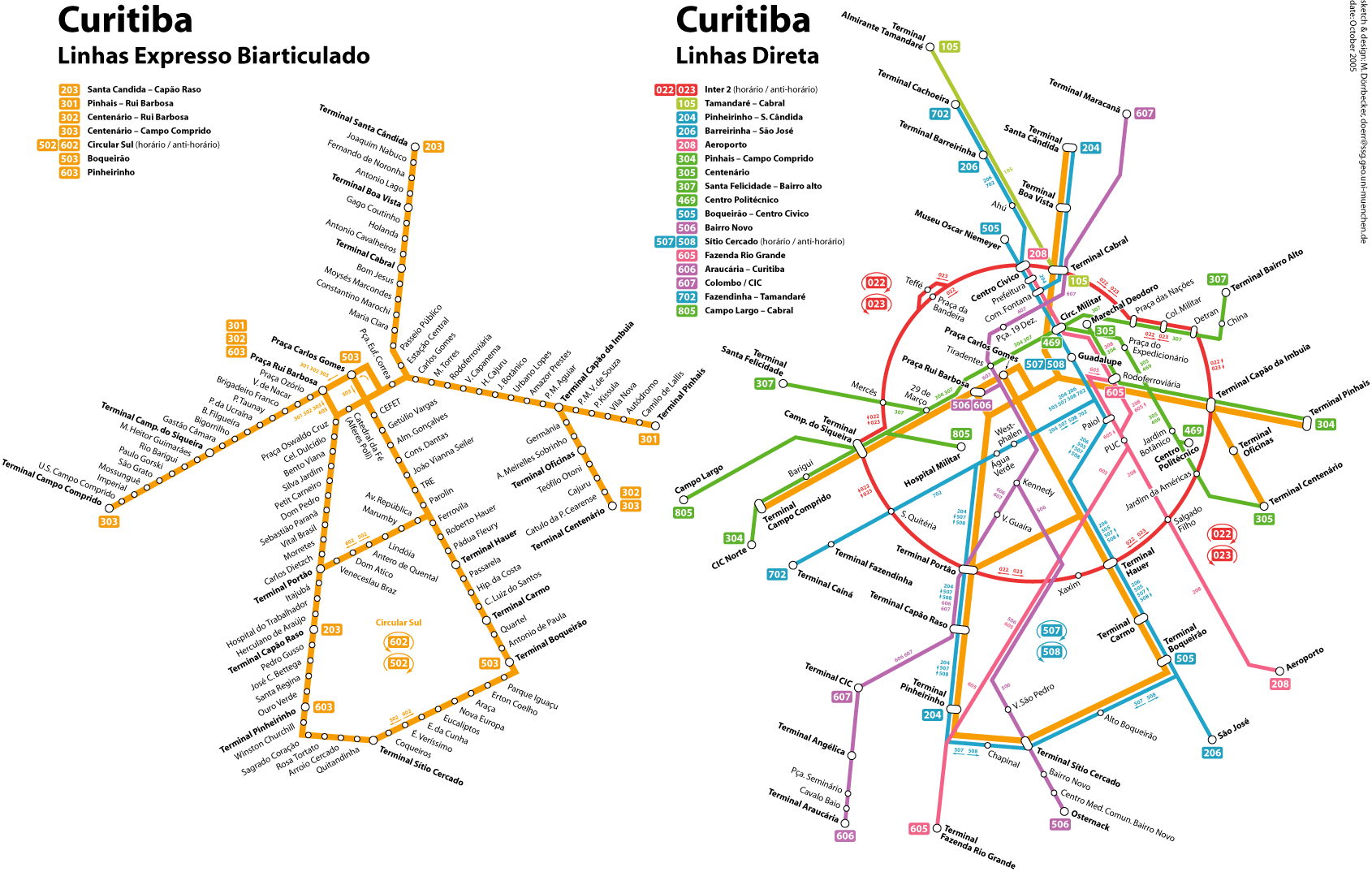Geography revision questions
- Describe global distribution of millionaire cities.
A millionaire city is a city with over 1 million inhabitants. The highest number of millionaire cities are located in developing countries due to globalisation, especially in the Far East but also found in MEDCs. A lot are found at places where work is so people move there to work and live
- Distinguish between mega cities and world cities, give examples of each
A mega city is a city with over 10 million people like Delhi. A world city is a city that acts as a global hub for finance, trade, culture business etc. like London or New York.
- Describe and comment on the changing population sizes of megacities shown in the table
Table? Growth of megacities is mainly in developing countries where the population is increasing quickly. MEDC’s megacities are not growing as quickly as the megacities in LEDCs.
- Rates of urbanisation increase as levels of development increase. To what extent is this statement true?
Not entirely. There has been an overall increase in urbanisation as there has been a revolution in farming practices and increase in technology has meant that more people are moving to cities in order to find work. This is evident in LEDCs however in MEDCs there is clear evidence of counter urbanisation where people are moving out of the city centre due to factors such as congestion and reduced living standards.
- Define.
Urbanisation – the movement of people to an urban area from a rural area. Suburbanisation is the growth of people living on the fringes of a city/suburb. Counter urbanisation is the movement of people from an urban area to a rural area.
- Why has a named city grown in size?
Sao Paulo is in South America and is located near Rio and Curitiba. Until the 18th century sao Paulo was not considered an important city. However the emergence of the coffee industry and gold mining in Sao Paulo brought European culture. However after the coffee industry died down people started businesses there. In the 20th century Brazil became a republic allowing Sao Paulo to have political power.
- For named case study, describe effects of urbanisation on character of city
It is a city of contrasts with some areas being very wealthy and other areas living in slum-like conditions. The population has seen a huge increase in recent years. Starting in 1940 the pop was below 2 million and now it is nearing 12 million people. Due to the pull factors of work and city lifestyle it has become hugely overcrowded and resulted in the growth of slums due to urban sprawl. Between 980 and 1990 the population living in favelas increased 120%. There are redevelopment schemes such as the Cingapura scheme that aims to cut down favelas and build tower blocks. Now 20% of people live in favelas. The city is incredibly overcrowded and busty therefore the rich have decided to invest in helicopters making Sao Paulo the second most popular area for helicopters.
- How are the effects of urbanisation being managed by the area
The Cingapura scheme aims to tackle the favelas by knocking them down and building tower blocks In order to improve their standard of living however tower blocks take away the community atmosphere and are not popular. In order to improve the transport there is an underground metro system to reduce pollution of cars, reuce congestion etc.

















